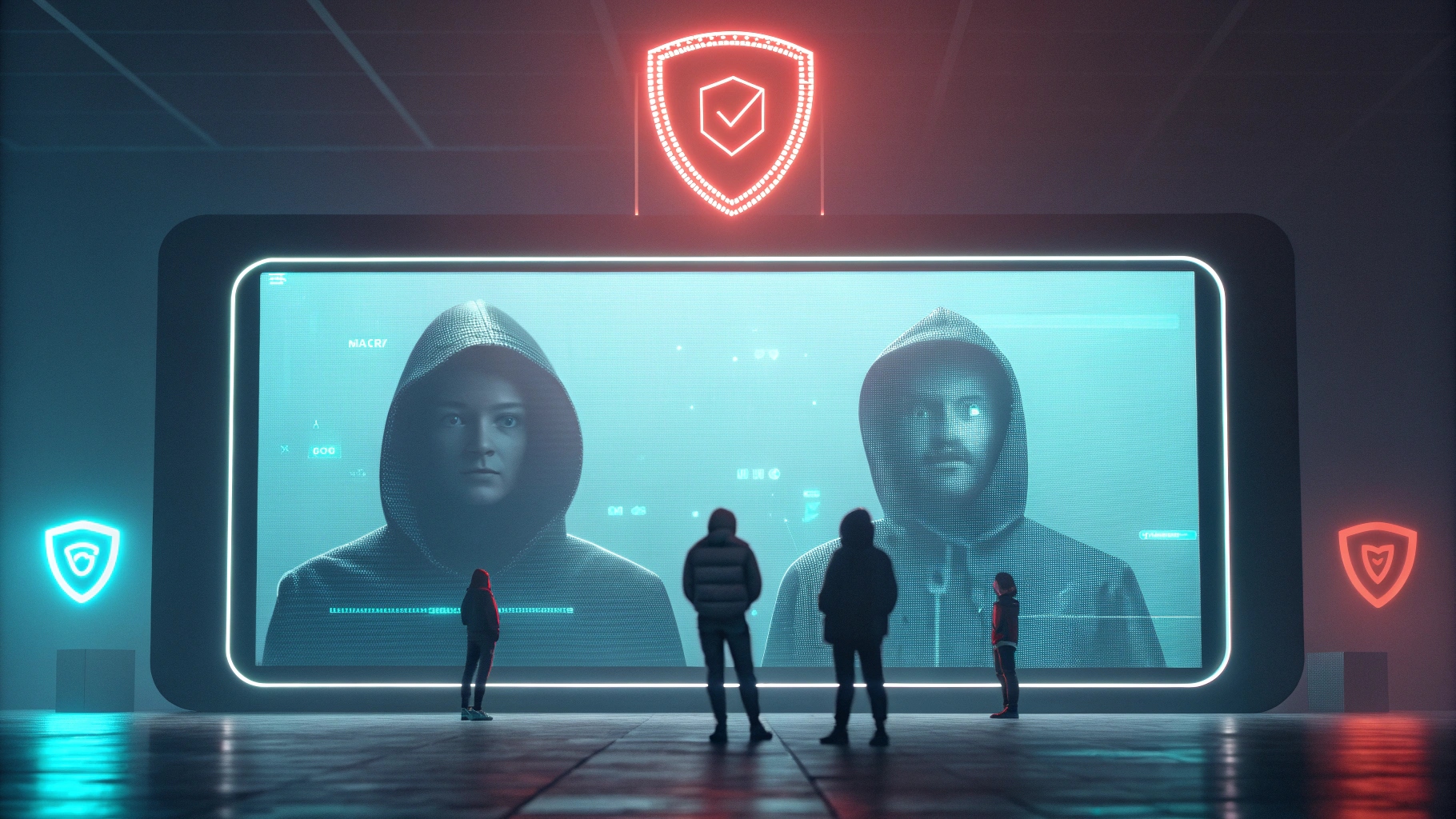Art concealment means hiding or protecting parts of an image or video so that sensitive details are not seen. In today’s online world, where videos are shared widely on social media and news platforms, concealment has become very important. It helps protect personal privacy, keeps sensitive data safe, and makes sure that only the right information is visible to the public.
The Role of Techidemics in Digital Security
Techidemics is a term used to describe the fast spread of technology changes, almost like an epidemic but in the digital world. In the field of privacy, techidemics explains how new tools for protecting information spread quickly to meet the growing need for safety. It is directly connected to art concealment because modern digital security often requires creative ways to hide or redact private details in images and videos.
Why Redacting Video is Crucial
Redacting video is crucial because videos often capture people’s faces, car numbers, addresses, and other personal details that should not always be shared. By blurring or masking this data, privacy is protected. For example, in police body camera videos or courtroom evidence, video redaction is needed to make sure sensitive information does not leak while still showing the main story.
Methods of Art Concealment
There are many methods of art concealment used today. Blurring is one of the simplest methods, where a face or object is made unclear. Pixelation is another common method, where the sensitive part is broken into small colored blocks. Advanced methods now use AI to track and mask people or objects automatically. These tools are not only useful in security but also in digital art, where concealment is used to create mystery or highlight certain creative ideas.
Practical Applications of Redacting Video
Video redaction is used in many important areas. In surveillance footage, it hides the identities of people who are not connected to a crime. In journalism, it is used to protect the identity of whistleblowers or witnesses. In workplaces, it can protect private company information caught on camera. Even in social media videos, redaction helps hide children’s faces or personal data to keep families safe.
Techidemics and the Future of Video Security
As technology keeps growing fast, video redaction will continue to improve. AI and machine learning can already detect faces, license plates, and even voices, making redaction faster and more accurate. The future challenge will be to find the right balance between privacy and transparency, so people feel safe but information remains trustworthy. Techidemics will push these tools to become even more common worldwide.
Ethical Concerns Around Art Concealment
While video redaction protects privacy, it also raises ethical questions. Some worry that concealment can be misused to hide the truth or spread false information. Others argue that too much redaction can feel like censorship. The real challenge is finding balance: using art concealment to protect people’s rights without changing the meaning of videos in a dishonest way.
Comparison with Traditional Privacy Tools
Traditional privacy tools, like blacking out text in documents, are very different from video redaction. Videos are harder to conceal because they show motion, background, and sound all at once. Redacting a single frame is not enough; the sensitive detail must be hidden across the whole video. This makes video redaction more complex, but also more powerful than older privacy methods.
Case Studies and Real-World Examples
Many real-world examples show the importance of video concealment. Governments use redaction in police footage before releasing it to the public. Corporations use it to keep private security camera footage safe. In the art world, some creators use concealment as part of their projects, making hidden layers that add mystery and meaning. These examples show how useful and flexible art concealment can be in modern life.
Conclusion
Art concealment, techidemics, and video redaction together form an important part of digital security today. With so much video content shared daily, hiding sensitive details is crucial to protect privacy and build trust. At the same time, creative uses in art show that concealment is not only practical but also expressive. As technology continues to spread, these tools will become even more crucial for individuals, companies, and society as a whole.
FAQs
What is video redaction?
It is the process of hiding or blurring sensitive information in a video.
How does art concealment differ from censorship?
Concealment protects privacy, while censorship removes or hides information to control what people see.
Why is redacting video crucial in today’s digital age?
Because videos often capture private details that must be protected before being shared publicly.
What tools are used for video concealment?
Common tools include blurring, pixelation, masking, and AI-based tracking systems.
How does techidemics influence future privacy trends?
Techidemics speeds up the spread of new privacy tools, making video redaction more advanced and widely available.
